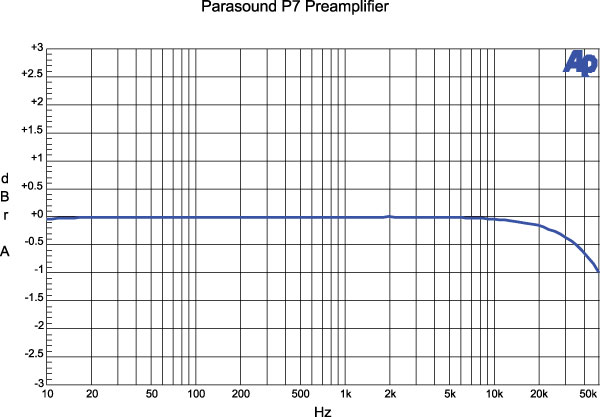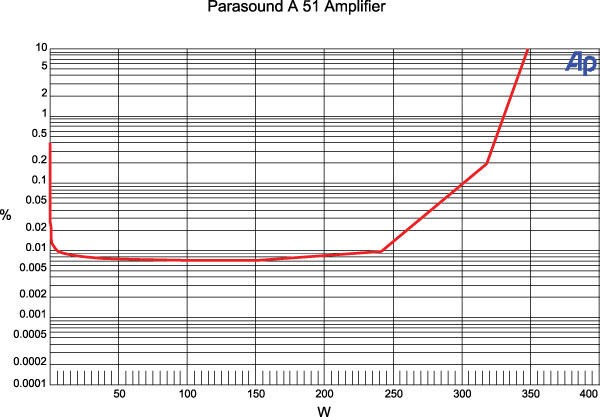Two weeks ago I finally took the plunge, and embarked on upgrading my system to separates. On a budget mind you...laughter.
Added a Outlaw 7125, to my Yamaha 995, Sony BDP-570, Samsung LN610C, a pair of B&W601 and a Velodyne 3750DLS sub.
When I first turned on the system to listen to some blues on Slacker radio via the Sony BDP-570. I thought I had miss placed the speakers. I could hear piano here. Bass there. Voices just slightly off center. So I got up and checked the speaker placement and they were toed in just as it should be.
Back to the couch I went. Listen again. And began to cry. I realized I was hearing all the things Scott, Daryl, Kris and a whole lot of guys speak of or write about when they review power amps, processors and speakers.
THANK YOU GENTLEMEN.
Then along comes Kris with his review of the Parasounds less than a week later and the lusting has started again. Thanks Kris for ruining my life he said laughing.
By-the-by Kris I'll take the big Outlaw off your hands if you are donating it to charity.
To ALL reviewers. I know you enjoy your jobs. But here is a heart felt thank you for all the work you do in bringing understanding to what we the consumer should be looking for and hearing in the equipment we consider and buy.
LG.


































































